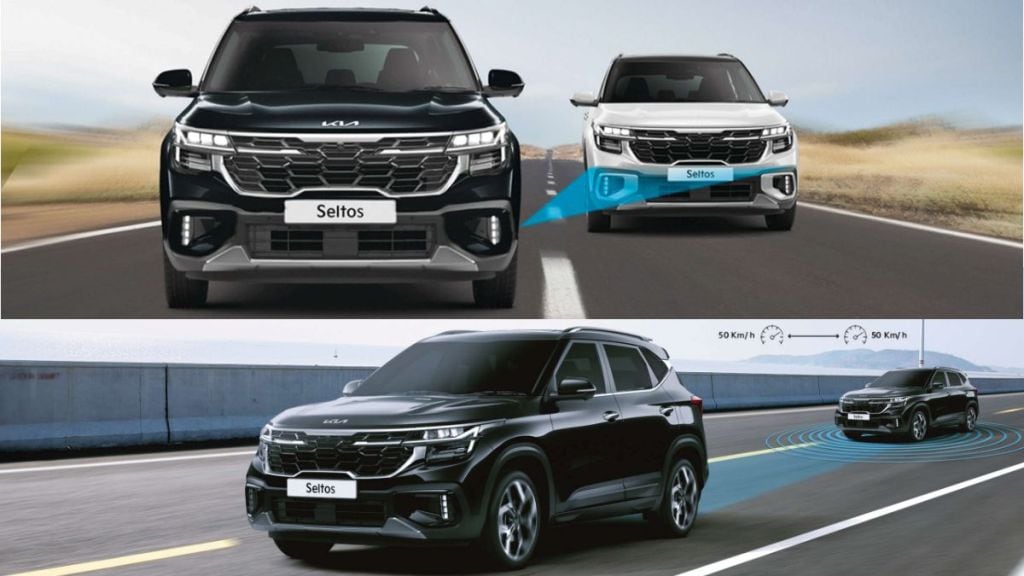With more focus on car safety, Indian car buyers have now become more conscious of the safety equipment. The Indian Government too has been stressing on enhanced car safety for some years now. Not only passive safety features, the automotive industry has made remarkable strides in active safety features in the form of Advanced Driver Assistance System (ADAS).
After the mandatory six airbags rule, which is slated to be implemented from October 2024, the government is contemplating on making certain ADAS features mandatory on Indian cars. As per a recent report published in PTI, the Ministry of Road Transport and Highways (MoRTH) has drafted a new proposal to bring down road accidents in India.
ADAS to become mandatory?
MoRTH, headed by Union Minister, Nitin Gadkari, has set a target to reduce the number of accidents in the country and the resulting deaths by half by 2024. Hit from Back’ accounted for the largest share in total accidents deaths (19.5%) in 2022, followed by ‘Hit and Run’ and ‘Head on Collision’ which accounted for 18.1% and 15.7%, respectively.
In regard to the same, MoRTH has proposed the installation of ‘Moving Off Information System’ (MOIS) in a specific category of four-wheelers, including both passenger and commercial vehicles. Soon certain four-wheelers will have inbuilt collision warning signals in order to reduce the possibility of collision with pedestrians and cyclists in close proximity.
In a draft proposal titled ‘Approval of motor vehicles with regard to the Moving Off Information System for the Detection of Pedestrians and Cyclists’, the MoRTH specified the automotive industry standard for MOIS and will be notified after public consultation. The draft added “low-speed moving off from rest manoeuvres that involve collisions between M2, M3, N2 and N3 vehicle category vehicles (subject vehicles) and pedestrians and cyclists have serious consequences for these vulnerable road users (VRUs)”.
What is MOIS?
MOIS is a system to detect and inform the driver of the presence of pedestrians and cyclists in the close proximity and if deemed necessary, based on manufacturer strategy, warn the driver of a potential collision. VRU here refers to an adult or child pedestrian or an adult or child cyclist.
‘Collision warning signal’ means a signal emitted by the MOIS with the purpose of warning the vehicle driver when the MOIS has detected a potential frontal collision with a VRU in close-proximity to the front of the vehicle.
ADAS is becoming more popular in the Indian passenger vehicle market every day even though it is only present in a handful of premium cars currently. However, after this draft proposal we can expect more manufacturers to offer ADAS features in mass-market vehicles, especially in the small car segment. Recently, Hyundai Venue became the first sub-4 metre car in India to come with a partial ADAS suite.
(With inputs from PTI)
